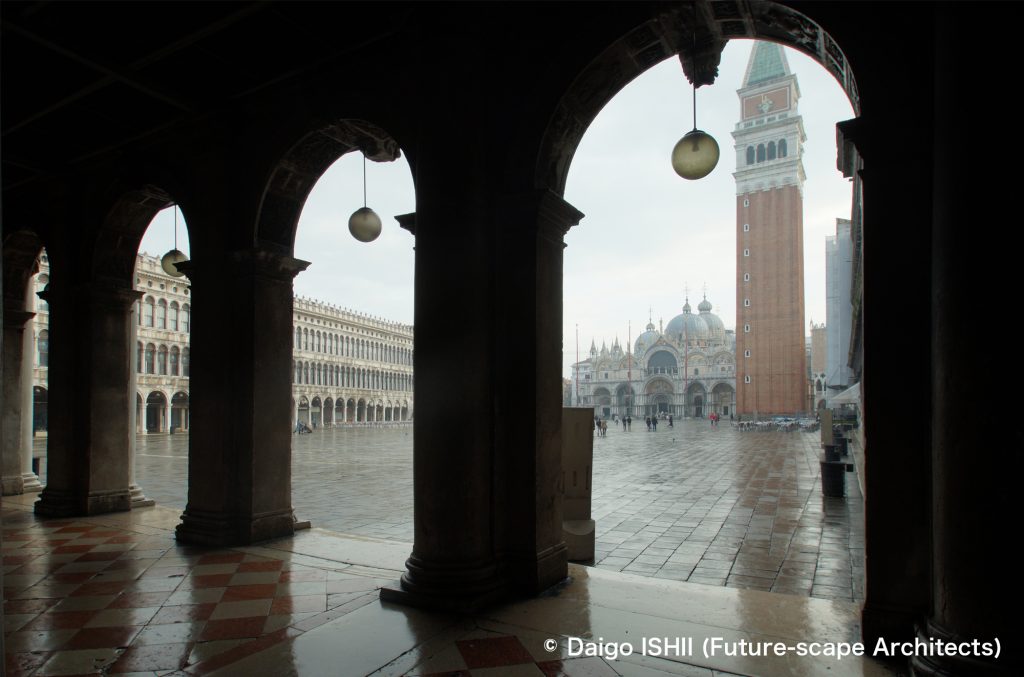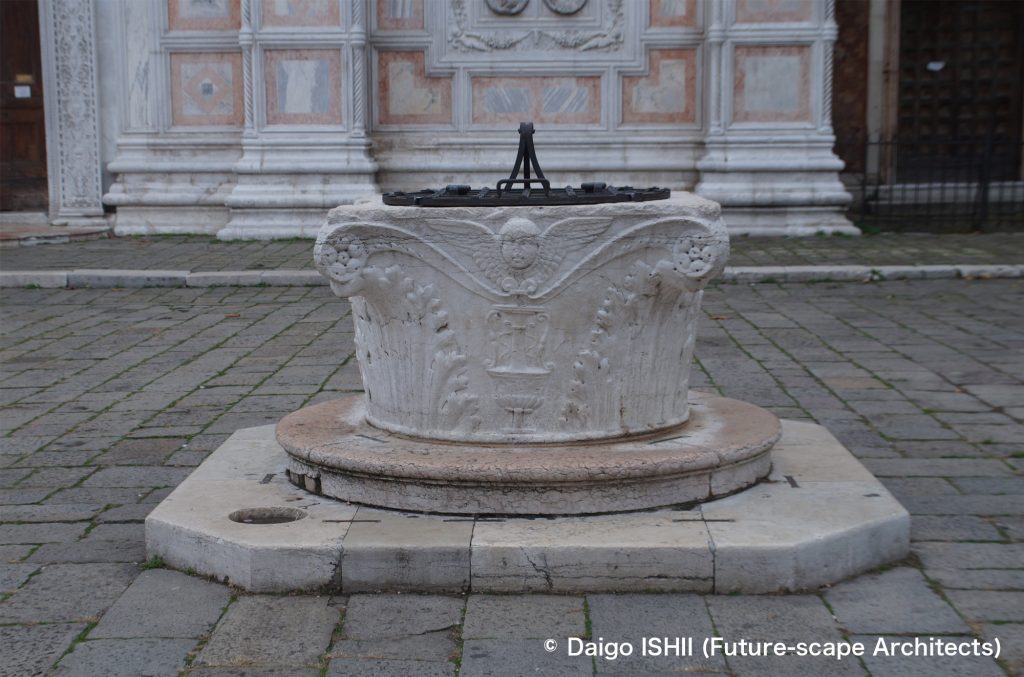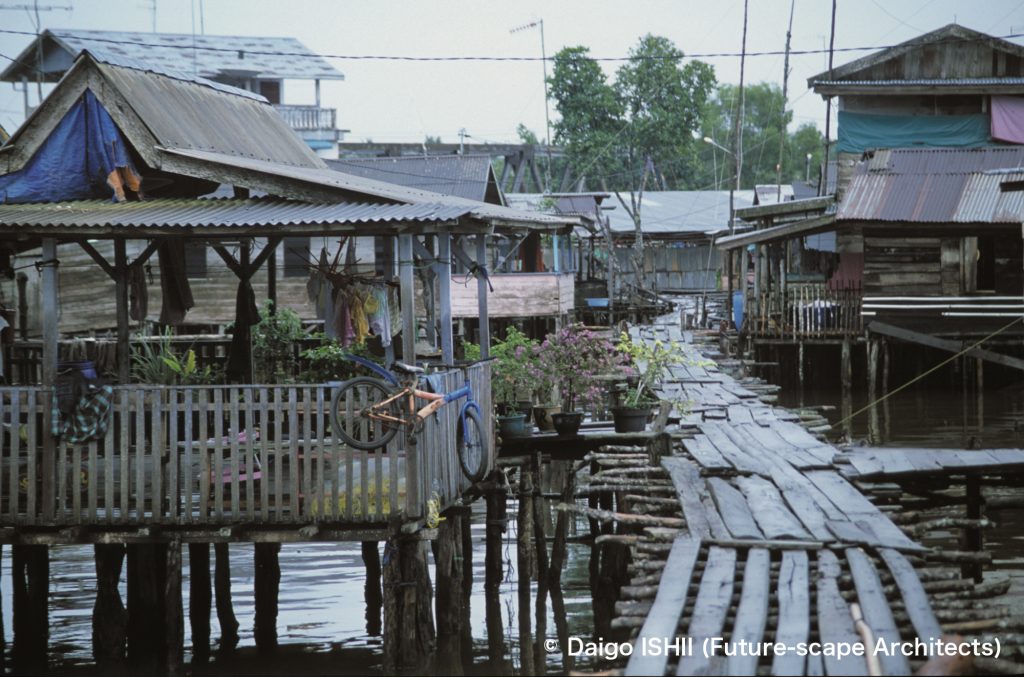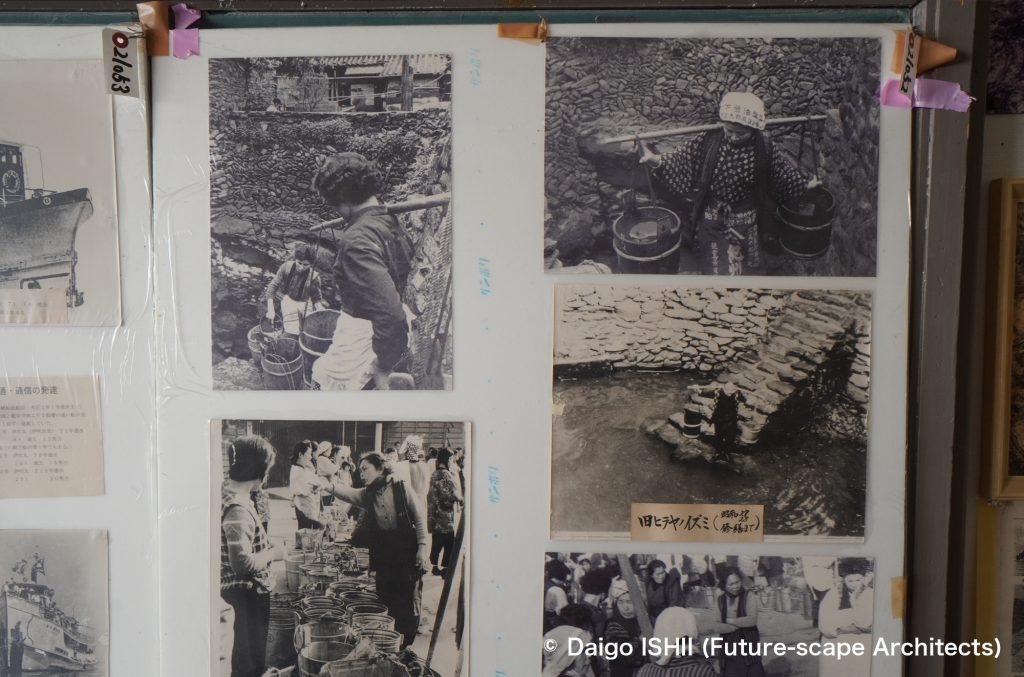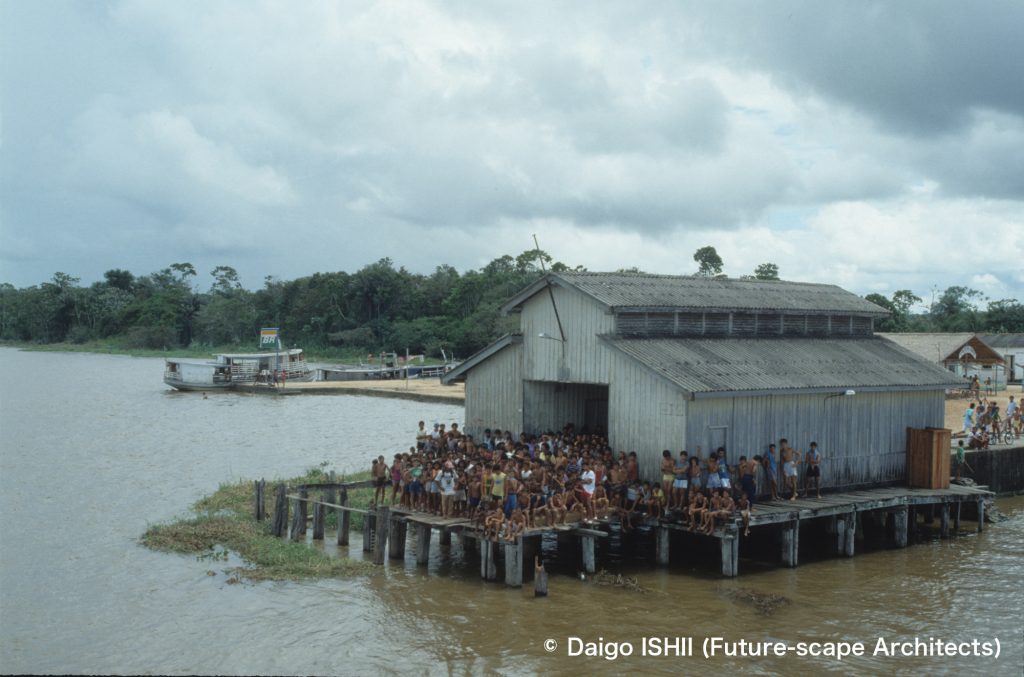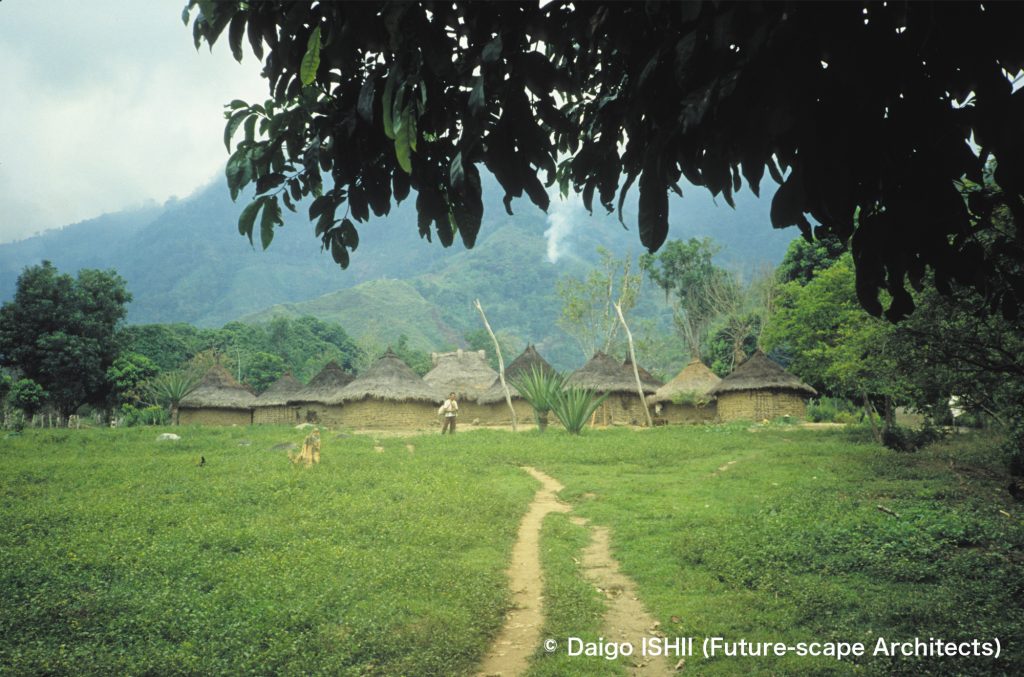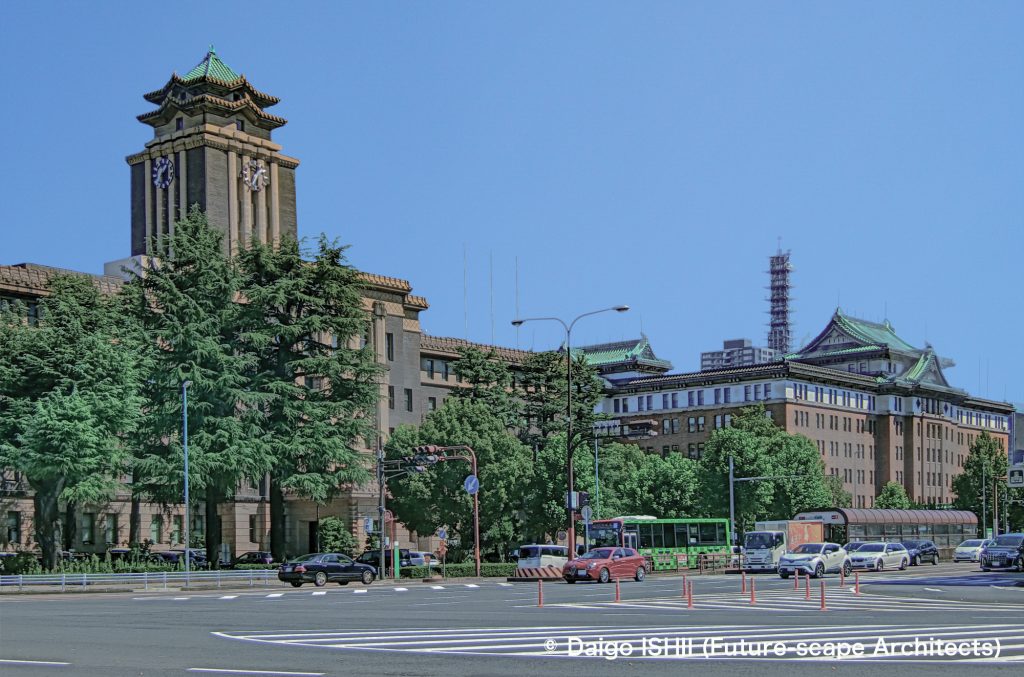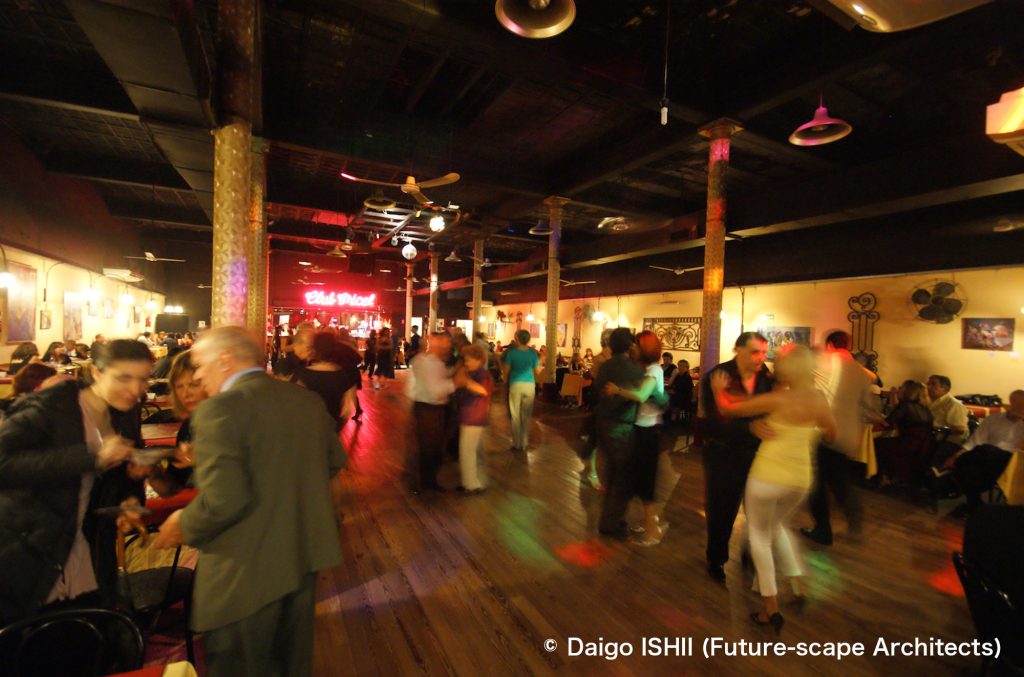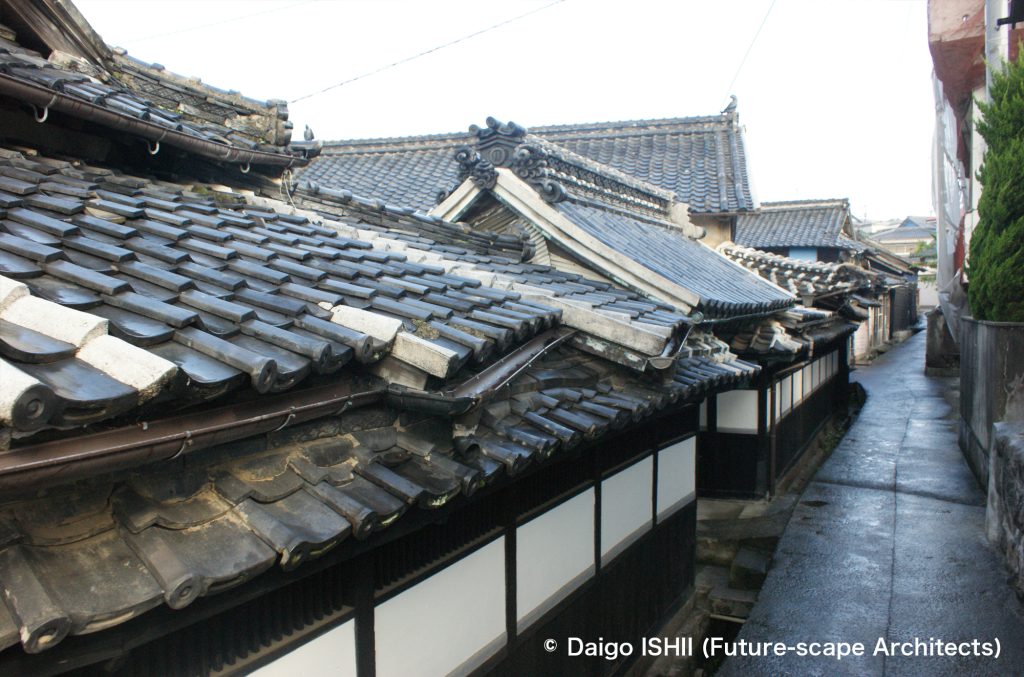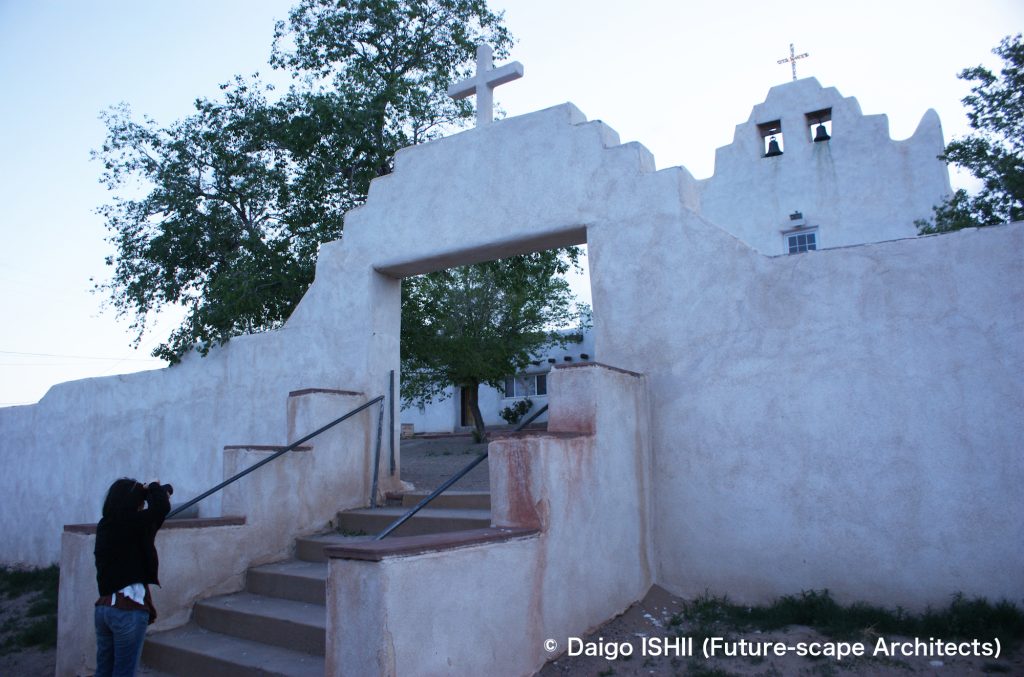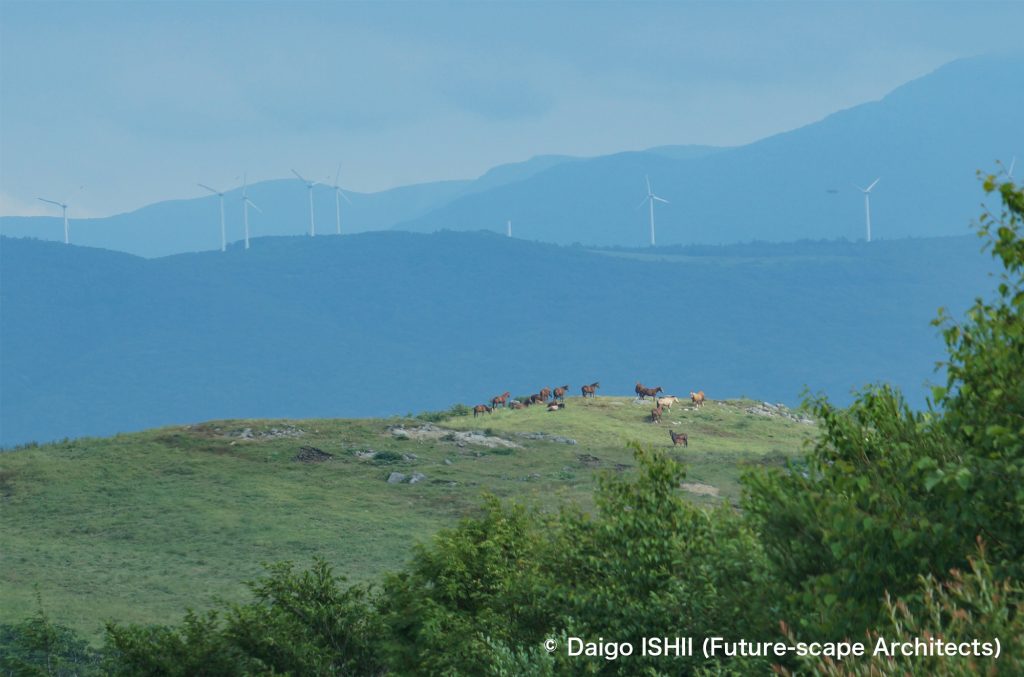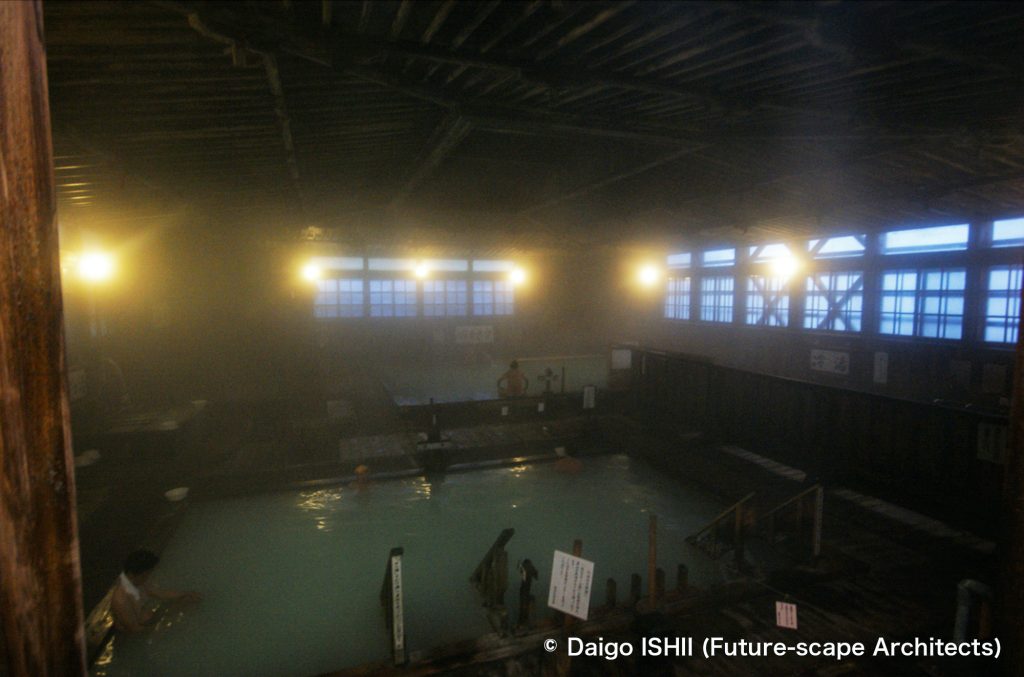I'm skeptical about whether the Renaissance including the social system was human, but the place where I felt the most human comfort in Venezia was the Contarini del Bovolo staircase built in 1499 that represents the Renaissance architecture in Venezia.
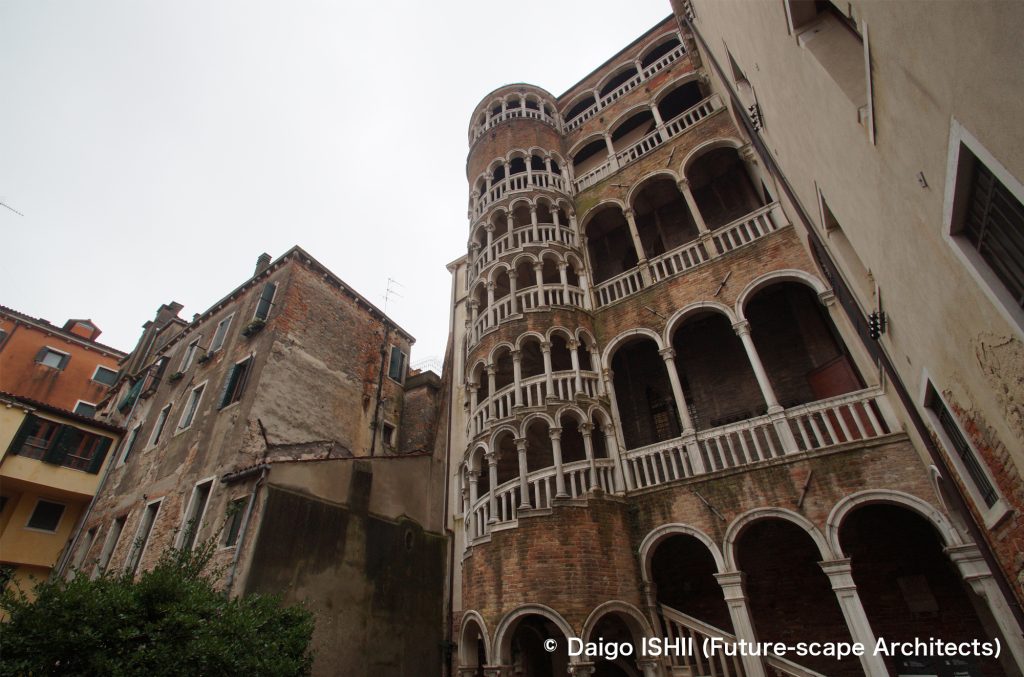
The spiral Contarini del Bovolo staircase was attached to the palace of the same name. At that time, it was common to have such outdoor staircase in a Venetian palace.
Except for the observatory with the wooden dome, its architecture seemed to be the repetition of arches, pillars, and handrails. In reality, the height of the arch of the top layer was half the height of the 1st layer arch. Its visual effect made the staircase look taller than it was. According to that, the circular pillar looked more slender. The lower part, which was made solid with prismatic pillar on the 1st layer, emphasized the lightness of the circular pillar and the height of the architecture further. It looked simple, but, a well-controlled architectural way to pretend lighter and higher on the human eye realized its elegance. That kind of intervention of the human perspective is the essence of the Renaissance.
The skeleton material is a white limestone from Istria. Between the limestone, bricks fill in. Compared to white and colorful marble often seen in the Renaissance architectures in Venezia, the way of this stairacase is modest. The simplicity emerges the character that had hidden behind other ornate Renaissance architectures.
The spiral staircase is so easy to climb that I didn't feel tired. In an instant, I arrived at the observatory at 28m high. The staircase design that considered to function also seemed to embody the Renaissance human view. The width of the top stairs was 1.65 m, the rise was 17 cm, and the angle per step was 18 degrees.
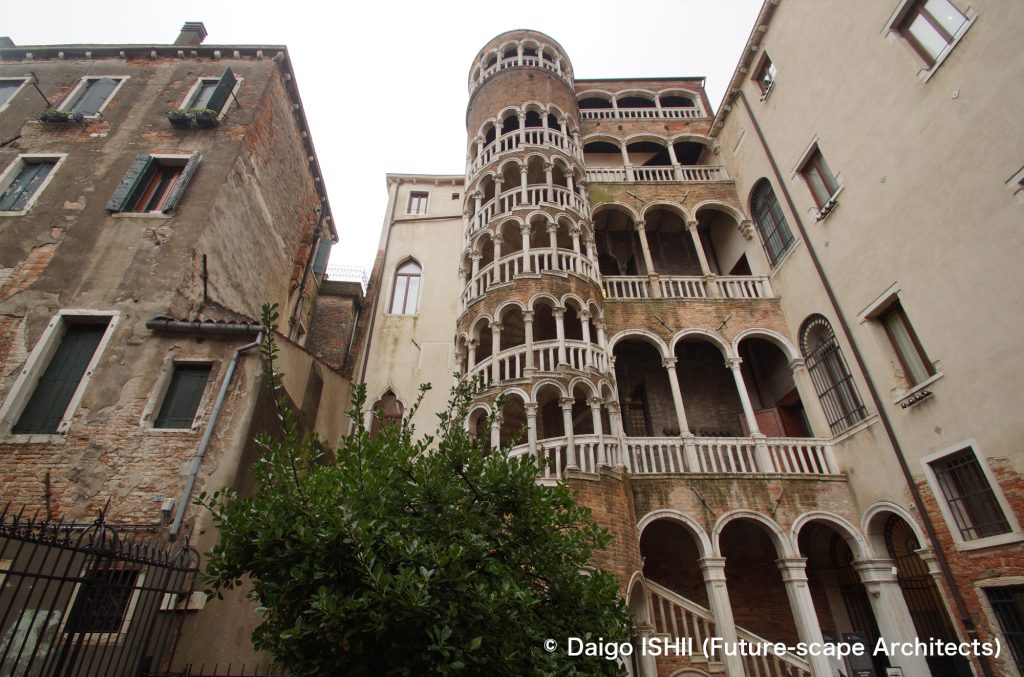
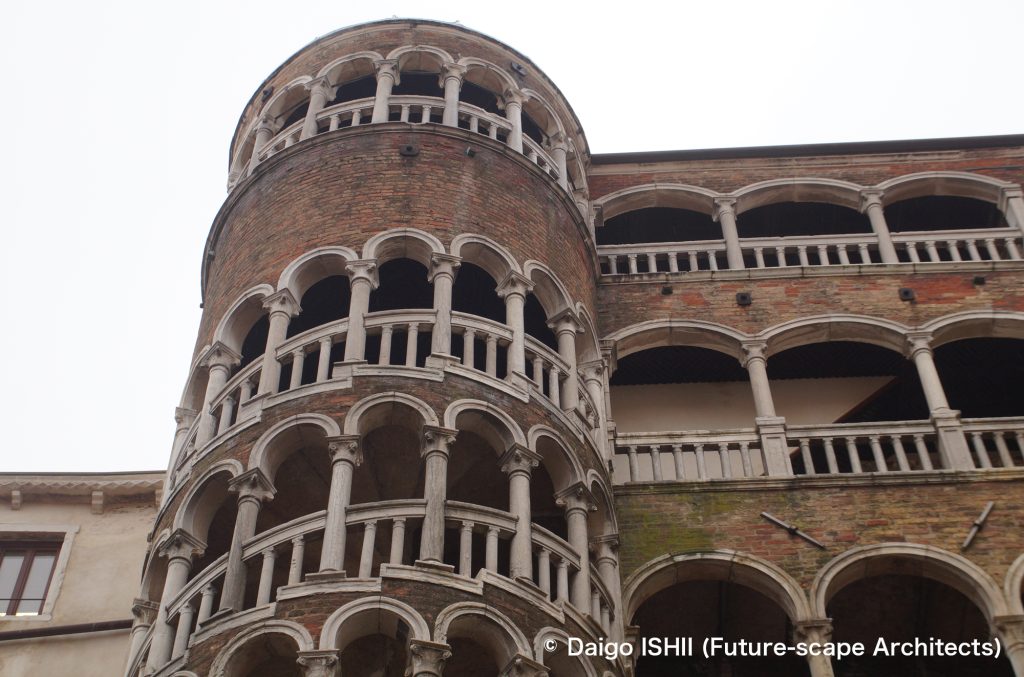
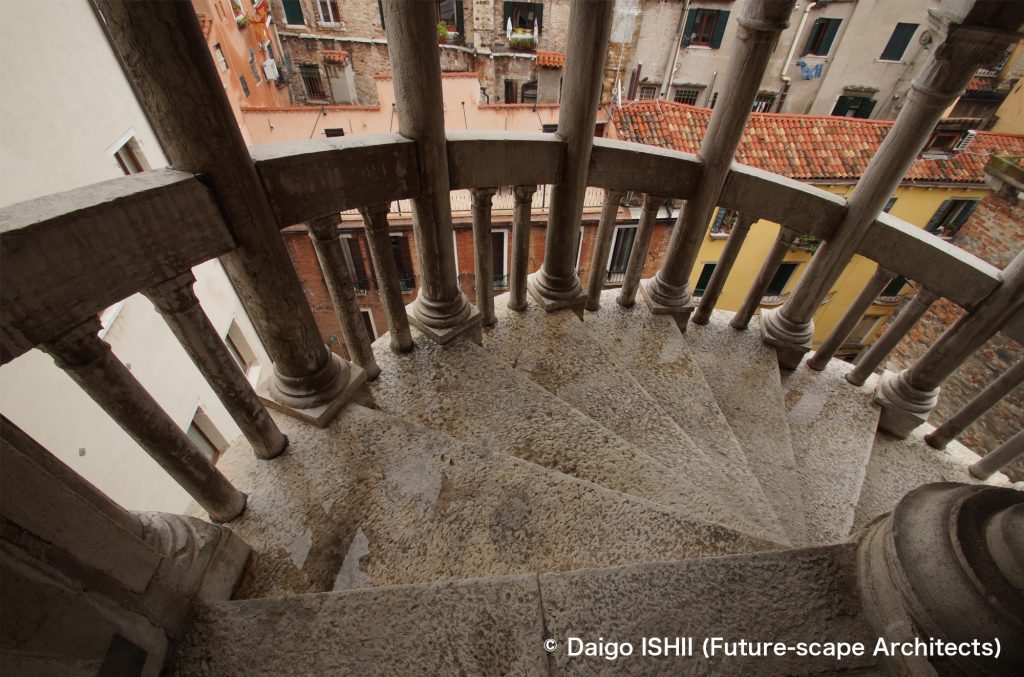
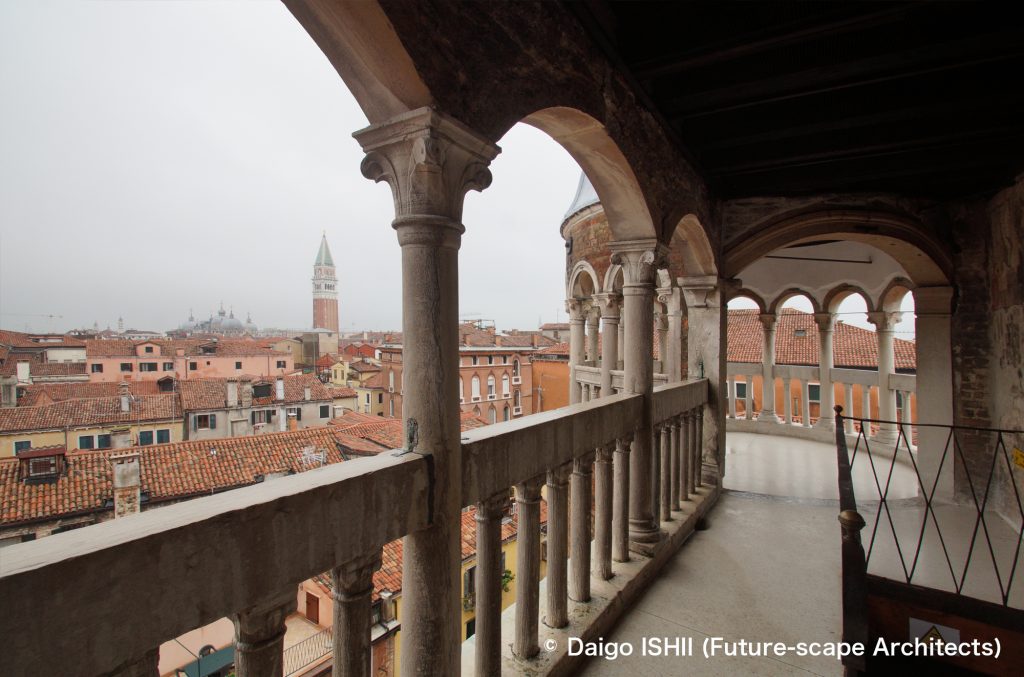
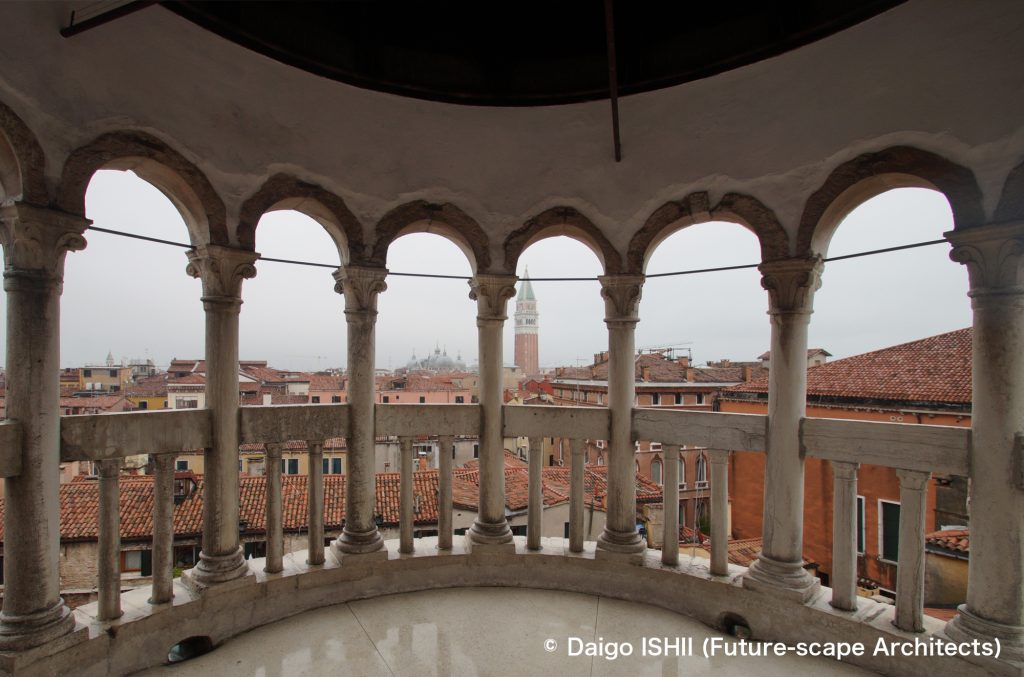
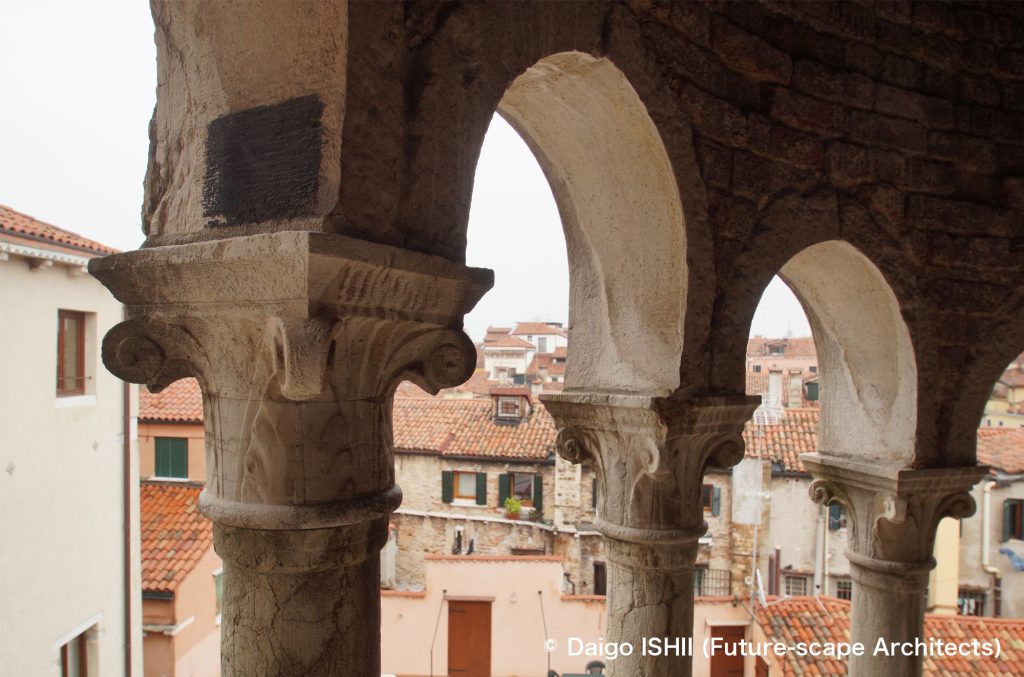
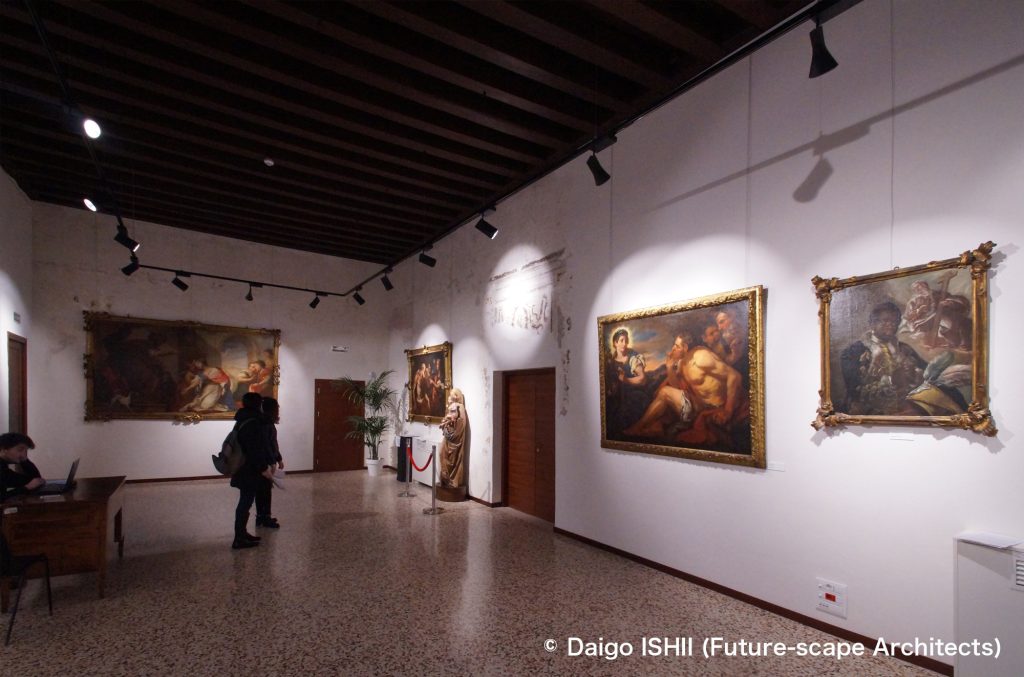
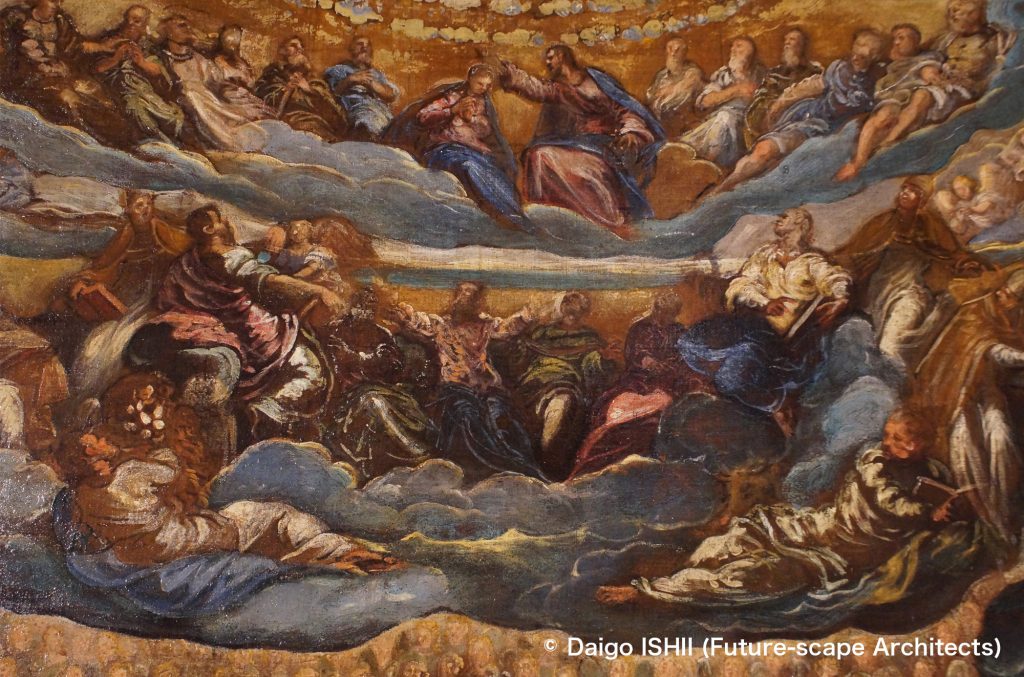
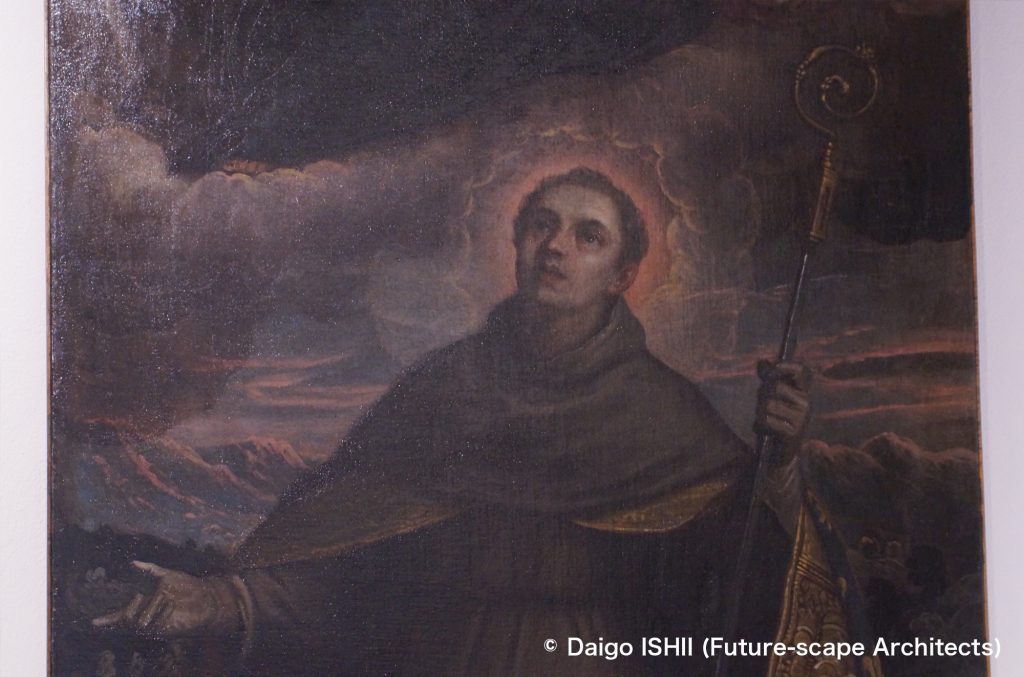
Click here for your impressions
reference
The Art of the Italian Renaissance: Architecture Sculpture Painting Drawing (Rolf Toman, h.f.Ullman, 1995)
Art & Architecture Venice (Marion Kaminsky, h.f.Ullman, 2005)
ヴェネツィア (「旅する21世紀」ブック 望遠郷) (ガリマール社, 同朋社出版, 1994)
コンタリーニ・デル・ボーボロ階段解説板
Observatory for the Arts Venice
Arte Musica Venezia
Please do not use or upload our photos without permission.




